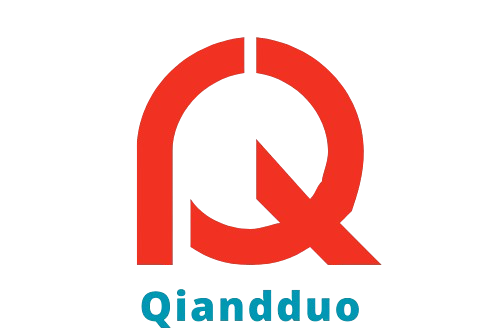Introduction:
In the intricate web of corporate life, the concept of office ranking plays a pivotal role in shaping organizational dynamics. From entry-level employees to top-tier executives, each individual holds a distinct position within the hierarchy. Understanding the nuances of office ranking is essential for both newcomers and seasoned professionals alike, as it can significantly impact workplace culture, communication, and career growth.
The Structure of Office Ranking:
Office ranking typically follows a hierarchical structure that delineates the levels of authority and responsibility within an organization. This structure may vary across different industries and companies, but it generally 오피사이트 encompasses several key tiers, such as entry-level positions, middle management, upper management, and executive roles. Each level comes with its own set of duties, expectations, and opportunities for advancement.
Roles and Responsibilities:
At the foundational level of the hierarchy, entry-level employees are often tasked with learning the ropes of their respective roles. These individuals typically carry out day-to-day tasks and contribute to the operational aspects of the business. As one progresses up the ranks, responsibilities tend to broaden and become more strategic in nature. Middle managers focus on overseeing teams and projects, while upper management and executives are responsible for making high-level decisions that shape the company’s direction.
Communication and Collaboration:
Effective communication is vital within any organization, and understanding the office ranking system helps facilitate this process. Clear lines of communication are established through the hierarchy, ensuring that information flows seamlessly from top to bottom and vice versa. Team members learn to navigate reporting structures, understand their roles in decision-making processes, and collaborate with colleagues at various levels.
Career Progression:
A keen awareness of office ranking is crucial for individuals aspiring to climb the corporate ladder. Knowing the specific skills, experiences, and qualifications required for each level enables employees to set realistic career goals and tailor their professional development accordingly. Mentorship programs, performance evaluations, and training opportunities are often aligned with the hierarchical structure, offering employees a roadmap for career advancement.
Challenges and Opportunities:
While office ranking provides a structured framework, it can also present challenges. Issues such as power dynamics, competition, and communication gaps may arise. However, recognizing these challenges also opens the door to opportunities for improvement. Companies that actively address these issues foster a more inclusive and collaborative work environment, ultimately enhancing employee satisfaction and productivity.
Conclusion:
Navigating the intricacies of office ranking is a fundamental aspect of corporate life. By understanding the structure, roles, and communication dynamics inherent in the hierarchy, individuals can position themselves for success and contribute positively to their organizations. Embracing the nuances of office ranking not only facilitates career growth but also contributes to the overall health and effectiveness of the workplace.
